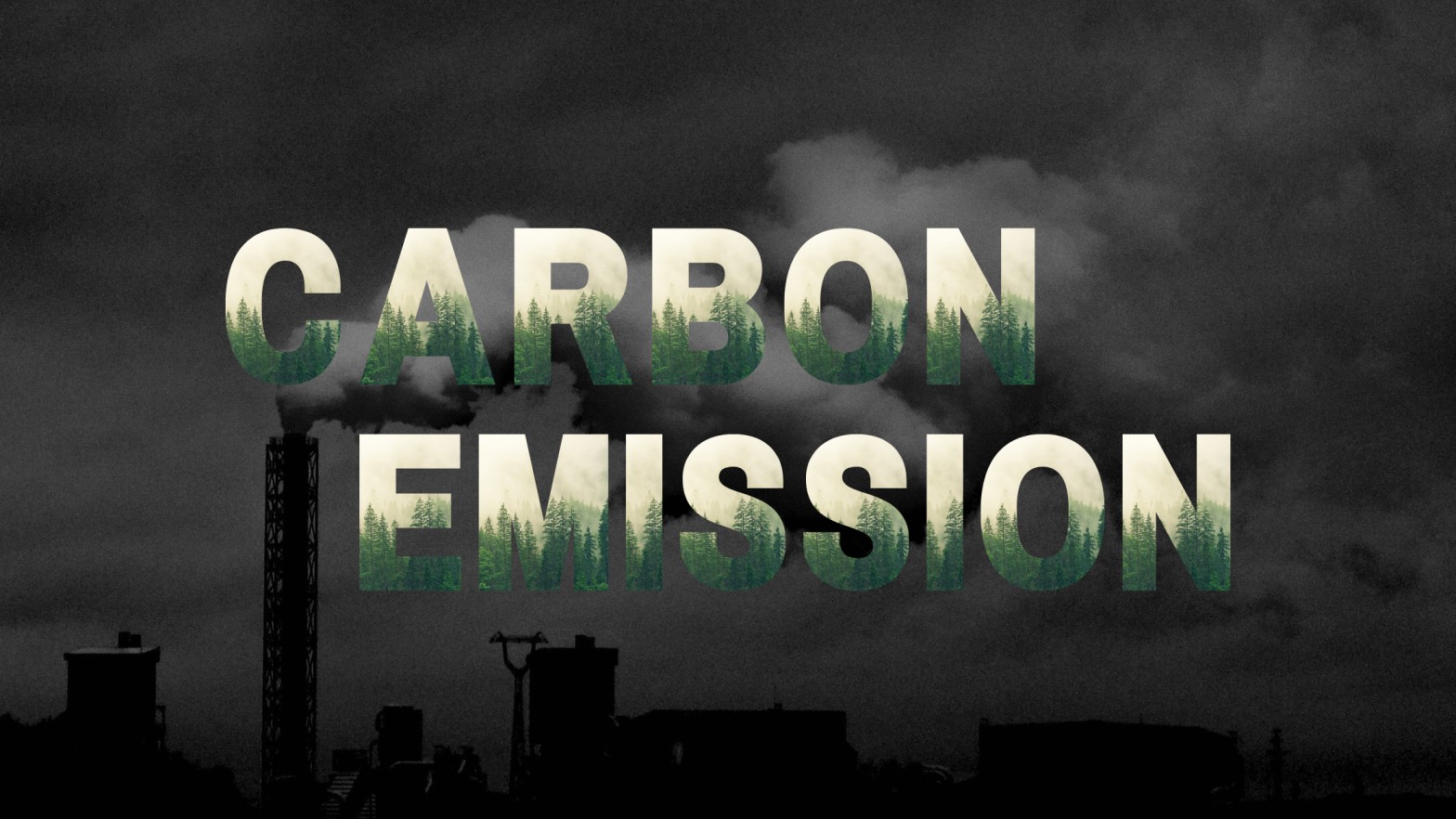
Solar Challenges Faced by the Government
Solar technology has a huge prospect for growth. However, despite being a scalable, freely-available energy source with net zero carbon credits, its adoption has many challenges. Here are some of the challenges faced by the Government in the solar energy sector.
Top Solar Challenges
Challenge 1: Solar plant costs
Solar power plant costs are subject not only to manufacturing costs but also the Solar Power Plant Costs has increased due to increase in raw material prices, imposition of basic custom duty upto 40% on solar panels , solar cells, and solar inverter. And less domestic manufacturing of solar panels because of which solar power plant cost increased.
Solution implemented: Capping solar plant prices
The MNRE announces benchmark costs for on-grid and off-grid solar systems. The benchmark costs include installation, commissioning, and the products (inverters, panels, cables, switches, and so forth). The benchmark costs are announced annually; therefore, the Government caps the solar prices yearly.
Challenge 2: Solar integration
Solar installation is high in metropolitan cities like Mumbai and Delhi, where solar technology is common knowledge. However, adoption in second, third and lower-tier cities is low.
Solution implemented: Subsidy Scheme, PM-KUSUM Scheme, income tax benefits
- The subsidy scheme allows solar plant owners to benefit financially from installing solar plants on their property. Solar plant owners can get up to 40% subsidy.
- The PM-KUSUM scheme was launched in 2019 for farmers. The incentive-based scheme encourages the adoption of grid-connected solar panels, grid-connected pumps and standalone pumps on barren land.
- Solar income tax benefits: Solar generating companies can receive income tax benefits per the Income Tax Act 1961.
Challenge 3: Solar manufacturing costs
As solar market demand increases, many manufacturers try integrating new technology into their products. However, this aspect isn’t easy when the product prices have benchmarks set by the Government.
Solution implemented: Uday Scheme
The Uday Scheme was launched in 2015 and covered 32 Indian states and union territories. Under the scheme, annual tariff rates, quarterly fuel costs, and other rates are adjusted and realigned. The scheme aims to reduce the technical and commercial costs of solar manufacturing by lowering rates and costs and improving efficiency.
These are the three top challenges the Government faces in the solar energy sector. As India moves toward a zero-emission Sun power focused future, more challenges will likely crop up. However, as these above challenges were solved to benefit all parties involved, we can expect the same for the ones in the future.




